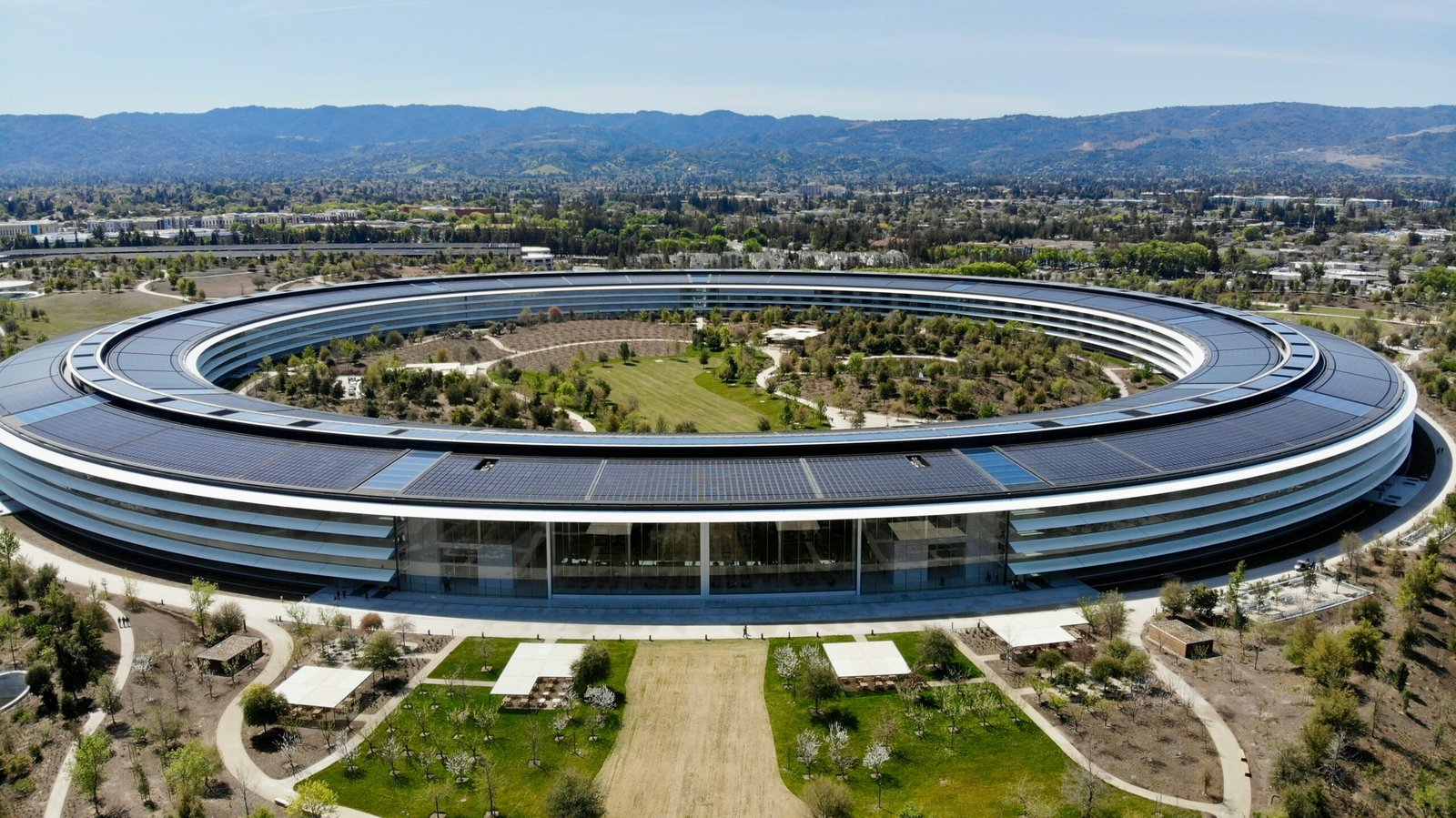Introduction
In today’s technology-driven world, where businesses heavily rely on digital systems and data, disaster recovery planning has become crucial for tech companies. A disaster can strike at any time, whether it be a natural disaster, a cyber-attack, or a hardware failure, and the ability to recover quickly and efficiently is essential to ensure business continuity. In this article, we will explore some modern approaches to disaster recovery planning that tech companies can adopt to protect their valuable assets.
1. Cloud-Based Disaster Recovery
One of the most popular and effective approaches to disaster recovery planning is leveraging cloud-based solutions. Cloud platforms offer scalability, flexibility, and redundancy, making them an ideal choice for tech companies. By storing critical data and applications in the cloud, businesses can ensure that their information is securely backed up and easily accessible in the event of a disaster.
Cloud-based disaster recovery solutions provide real-time replication of data, allowing for quick recovery and minimizing downtime. Additionally, cloud providers often have multiple data centers located in different geographical regions, ensuring data redundancy and reducing the risk of a single point of failure.
2. Virtualization and Replication
Virtualization technology has revolutionized disaster recovery planning for tech companies. By virtualizing servers, businesses can create replicas of their entire infrastructure, including operating systems, applications, and data. This allows for quick and efficient recovery in the event of a disaster.
Virtualization also enables businesses to perform regular backups and snapshots of their virtual machines, ensuring that they have up-to-date copies of their critical systems. These backups can be easily replicated to off-site locations, providing an additional layer of protection.
3. Disaster Recovery as a Service (DRaaS)
Disaster Recovery as a Service (DRaaS) is an increasingly popular approach for tech companies looking to outsource their disaster recovery planning. With DRaaS, businesses partner with a third-party provider who manages and maintains the entire disaster recovery process.
DRaaS offers several advantages, including cost savings, scalability, and expertise. By outsourcing disaster recovery to a specialized provider, tech companies can focus on their core business activities while ensuring that their critical systems are protected.
4. Testing and Regular Updates
Disaster recovery planning is not a one-time task; it requires regular testing and updates to ensure its effectiveness. Tech companies should regularly test their disaster recovery plans to identify any weaknesses or gaps in the system.
Additionally, as technology evolves and new threats emerge, it is essential to update the disaster recovery plan accordingly. This includes staying up to date with the latest security measures, implementing patches and updates, and conducting regular risk assessments.
Conclusion
Disaster recovery planning is a critical aspect of ensuring business continuity for tech companies. By adopting modern approaches such as cloud-based solutions, virtualization, DRaaS, and regular testing, businesses can minimize downtime, protect their valuable assets, and recover quickly in the event of a disaster.
Remember, disaster recovery planning should be an ongoing process, continuously evolving to address new challenges and technologies. By prioritizing disaster recovery, tech companies can safeguard their operations and maintain the trust of their customers.
































